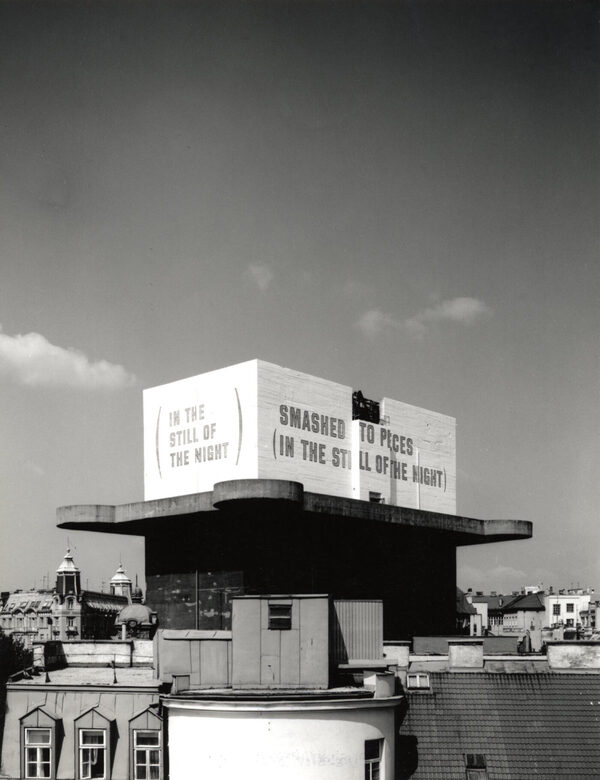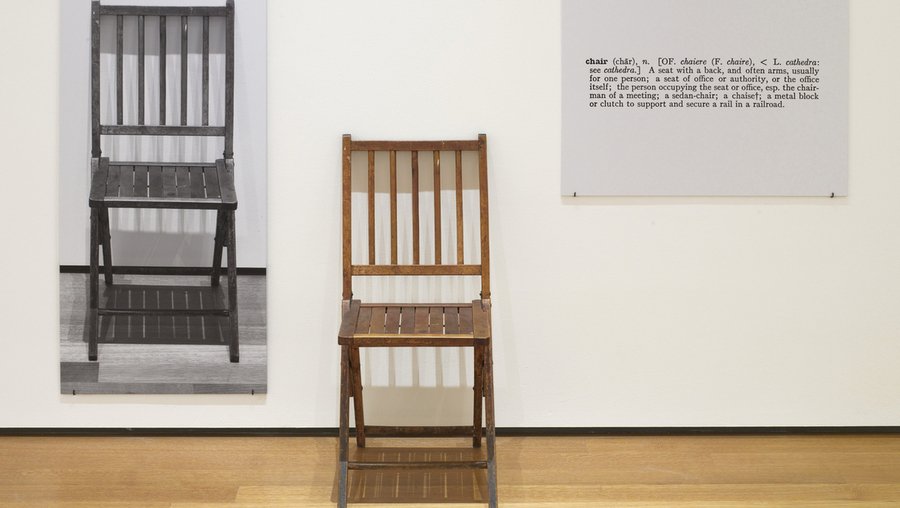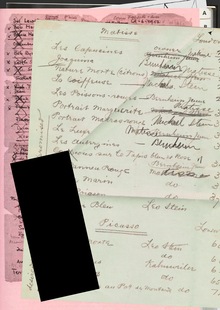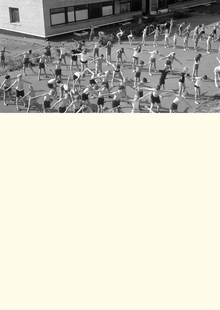
«No form is superior to any other, so the artist can use any form, from verbal expression (written or spoken) to a physical object.»
- Sol LeWitt, 1969

Joseph Kosuth, One and Three Chairs, 1965
Contents:
(1) Introduction
(2) Visual embodiment of diagrams and instructions: - Methodology of graphic instructions
(3) Art of direct instructions: - Performative practices - Documentation of the completed action
(4) Modern instructional practices: - Instructions within the media - Trend as a schematic manipulation
(5) Conclusion
- Research concept
The pre-project visual study «The Phenomenon of Schemes and Instructions in Contemporary Art of the 20th–21st Century» is devoted to studying how contemporary artists rethink the concept of process through visual schemes and textual instructions.
The scheme as a plot becomes a starting point for reflection on order, chaos, and the possibility of their artistic embodiment. Instructions, like schemes, acquire the status of an independent artistic position, turning into a tool not only for conveying ideas, but also for creating new narrative systems.
Artworks based on schemes and instructions become not just a way of preserving a concept, but also a tool for interacting with an audience, where the very idea of the process and its interpretation by the artist, performer, or viewer comes to the fore.
Rene Magritte, This is not a pipe, 1929
The author of the study analyzes the visual and material aspects of meaning in instructions and diagrams, as well as their general aesthetic principles and methods of depiction.
The author’s interest in the phenomenon of diagrams and instructions is due to the desire to understand how contemporary artistic practices rethink the perception of creativity and interaction with the audience. Particularly attractive is the paradox: how the strict framework set by the instructions gives rise to a variety of diverse and unpredictable visual solutions that reflect both the individuality of the performer and the specific context of their implementation.
Yoko Ono, Bag: Part of a Bag, 1964/2019
- Relevance
The relevance of the topic is related to the author’s interest in processuality, interactivity and dematerialization in art.
In the conditions of the modern media space, this phenomenon retains its significance, being reflected in the ideas and techniques used in social networks and the media. The author explores not only the process of creating instructions, but also their visual embodiment, formed through various artistic methods.
- Purpose of the study
The aim of the study is to deeply analyze the phenomenon of diagrams and instructions in contemporary art as an independent artistic method, as well as to understand their influence on the process of creating and perceiving works of art.
- Tasks
- Analyze the evolution of the use of diagrams and instructions in art, starting with conceptualism to modern interactive and processual practices.
- Trace the stages of creating artistic works, from text instructions to acquiring a visual embodiment of the work.
- Trace the aesthetic vector of the image of diagrams and instructions in art.
- Confirm the relevance of the direction in the modern media space of the 21st century.
- Research structure
In the visual study, the author examined three most important components of the stated topic: visual embodiment of diagrams and instructions, their aesthetic vector, graphic execution; process based on given parameters, performative practices and documentation; as well as how these formative ideas are transmitted and transformed in the modern media space of the 21st century.



